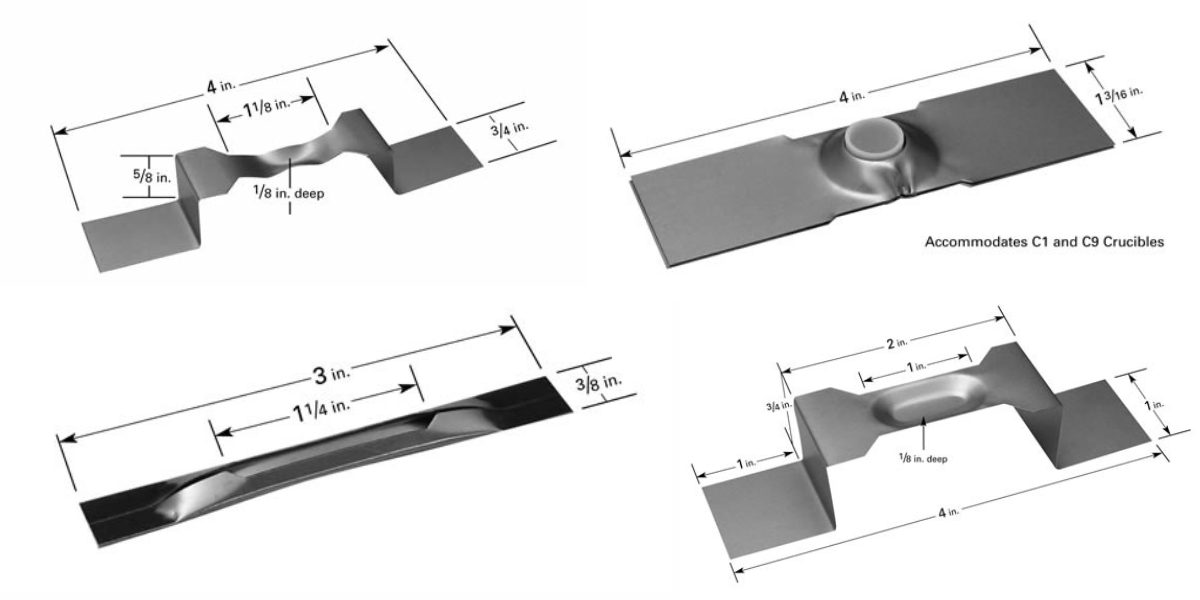Introduction to Dual E-Beam Evaporator Source Technology
A dual E-Beam evaporator source stands out as an advanced tool capable of precise material deposition in diverse scientific and industrial applications. This technology harnesses the power of electron beams to evaporate materials and create thin films with exceptional uniformity and purity. Let’s delve into the workings, advantages, and applications of this technology.
See more about E-Beam PVD:
Part 1: Revolutionizing Thin Film Deposition
Part 2: Materials, Sources, and Crucibles
Part 3: Dual E-Beam Evaporator Source Technology
How Dual E-Beam Evaporators Work
In a Dual E-Beam evaporator (or Twin E-Beam evaporator), the two E-Beam source design allows advanced control over the physical vapor deposition process. They can handle a wide range of materials, from metals to oxides and complex alloys, enabling versatility in material selection for various applications.
Like the name suggests, Dual E-Beam evaporators operate on a principle similar to traditional single-beam evaporators. Here’s a simplified breakdown of their operation:
- Electron beam generation:
- Dual E-Beam evaporators utilize two electron guns to generate focused beams of electrons.
- These electron beams are directed towards material sources, typically solid slugs or pellets of the desired materials.
- Material evaporation:
- When the electron beams strike the material sources, they transfer their energy to the material. This energy causes atoms or molecules to break free from the surface of the source material, forming a vapor.
- A Dual E-Beam evaporator has the capability to evaporate from two different sources at once.
- Film deposition:
- The vaporized material then condenses onto a substrate placed in the deposition chamber.
- By controlling the deposition parameters such as beam intensity, substrate temperature, and deposition rate, thin films of precise thickness and composition can be achieved.
Electron beam evaporation typically results in high-purity films since the process occurs in a high-vacuum environment, minimizing any chance of contamination interfering with film properties.
Advantages of Dual E-Beam Evaporator Sources
Dual E-Beam evaporators offer several advantages over their single-beam counterparts and other deposition techniques as a result of its two independent beams.
With two independent beams, the deposition rates can be significantly higher compared to single-beam systems, enhancing efficiency and reducing lead times as a result. The dual-beam configuration allows for better control over film thickness uniformity across larger areas, which is crucial for applications that requiring very consistent and uniform film properties.
Another important advantage of this type of source is that it can co-evaporate, allowing the simultaneous deposition of two different materials onto a substrate. Multiple pockets in a Dual E-Beam evaporator makes sequential evaporations as well, without breaking vacuum.
Applications in Research and Industry
Dual E-Beam evaporator sources find extensive use in:
- Optoelectronics: For depositing thin films used in optical coatings, anti-reflection coatings, and photovoltaic devices.
- Semiconductor manufacturing: Particularly in the production of integrated circuits and thin-film transistors.
- Precision optics: Manufacturing lenses, mirrors, and filters with exacting specifications.
- Research and development: Facilitating the exploration of new materials and the development of novel thin-film structures. Used in many nanofabrication facilities.
These applications are broadened even further with the different options provided by some Dual E-Beam evaporation systems. This includes planetary mechanisms to rotate substrates, allowing more uniform coatings. Systems can offer thermal evaporator and sputtering capabilities as well, for use of resistive thermal evaporation sources or sputtering targets alongside e-beam.
Shop Dual E-Beam Evaporation Sources
The Dual E-Beam evaporator source provides precision and versatility in thin film deposition technology. By harnessing dual electron beams, this advanced tool achieves high performance. It excels in uniformity, productivity, and material flexibility for creating high-purity thin films.
For cutting-edge solutions in thin film deposition, the E-Beam evaporation sources from R.D. Mathis Company stands as a reliable choice. Alongside this, we offer thermal evaporation sources, sputtering targets, and evaporation materials to streamline your process.
Visit our website to shop E-beam liners today, or contact us to get a quote on e-beam filaments or specialty materials.



